
Business Strategy, Marketing
Over the past year, the term ‘excuseflation’ has been growing in business conversations. I’ll admit, I just learned about this terminology, but the definition or explanation of it I have become all too familiar with since the start of the pandemic. To put it lightly, ‘excuseflation’ refers to the increasing tendency of businesses to attribute shortcomings in their services or products to external factors. Most commonly global events (wars), inflation/stagflation, or supply chain disruptions. While these factors undoubtedly influence business operations, the excessive reliance on these reasons has begun to wear thin on consumers, causing them to question the authenticity of these claims.
As the marketplace continues to evolve, it is crucial for small businesses to differentiate themselves from competitors who try and exploit ‘excuseflation’ to their advantage. Below are three competitive strategies that can help small business owners in providing better communication and superior services, and most importantly setting themselves apart in their respective market.
Emphasize Transparency
One of the major issues with ‘excuseflation’ is its potential to erode consumer trust. To combat this, small businesses should prioritize transparency in all interactions with their customers. Whether it’s discussing product pricing, delivery timelines, or service limitations, being open and honest about these matters can build a stronger bond with consumers. Using tools like weekly social media updates on freshly available products and materials. Communicating through your email newsletters, or even direct conversations can help businesses stay transparent and foster a culture of trust. Don’t hesitate to flex a little bit on your hill of honor, you’ll win new clients and customers that’ll be with you for years.
Leverage Customer Service as a Differentiator
This is probably my favorite because in many big retail or big commerce establishments, the mission is volume and customer service is near the bottom of their values. So in the face of ‘excuseflation’, a small business can stand out by providing exceptional customer service. This involves not just addressing customer issues, but proactively working to prevent them. Regular check-ins with clients, asking for feedback (yes even making a warm phone call will go a long way). Even if you only dedicate 20 minutes a day to make sure your customers know that their satisfaction is your top priority, at the end of a week we’ve seen a small percentage turn into additional sales. Remember, small businesses often have the advantage of a more personal touch, which can go a long way in making customers feel valued.
Continuous Improvement and Innovation
While some businesses are blaming the environment for their performance, use this as an opportunity to introspect and innovate. Focus on improving your products, services, or internal processes and procedures. This could mean investing in technology to streamline operations or brainstorming ways to improve your product or service based on customer feedback and tone of the marketplace. Innovation not only helps in providing superior offerings compared to competitors who use ‘excuseflation’, but also showcases your commitment to growth, regardless of external factors.
Closing Theory: While ‘excuseflation’ might seem like an easy route in the short term to raise or keep prices high, businesses that choose to blame external factors for their shortcomings risk damaging their reputation and brand in the long term. As a leader, you have the opportunity to take a different path. Lead by emphasizing transparency, prioritizing customer service, and committing to continuous improvement and innovation, you can effectively differentiate your business and build a strong, trusting relationship with your customers.
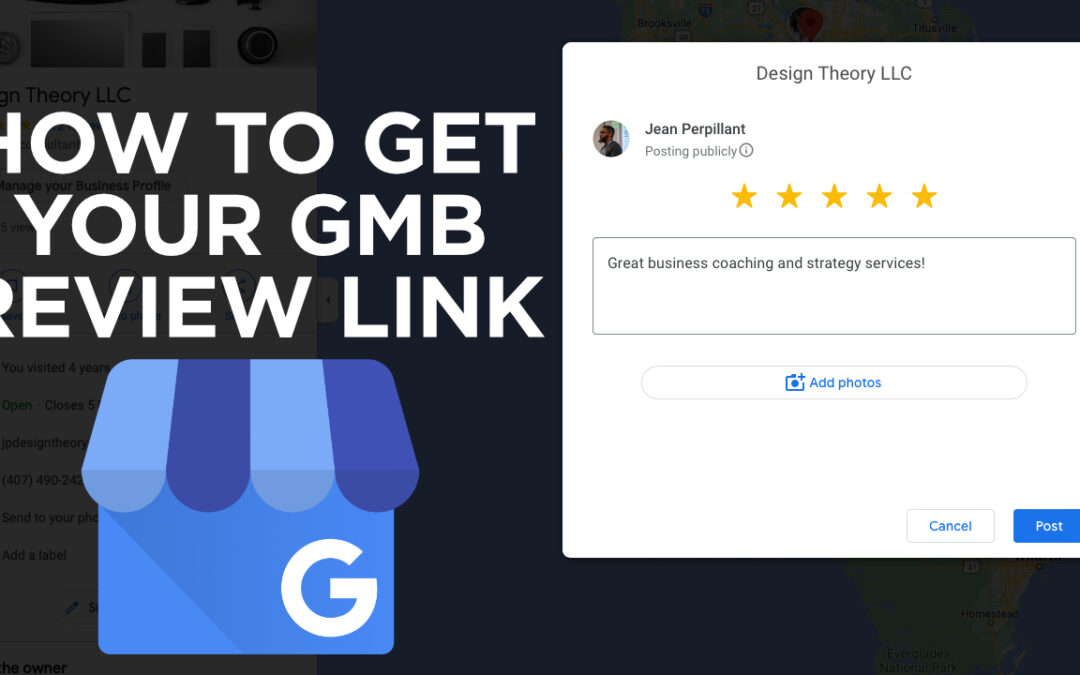
How to, Marketing
Having your customers and clients leave you positive reviews is a fantastic way to organically grow your business profile on Google. Getting them to engage and leave you a review sometimes may be include a bunch of steps and this short video will show you how to make...
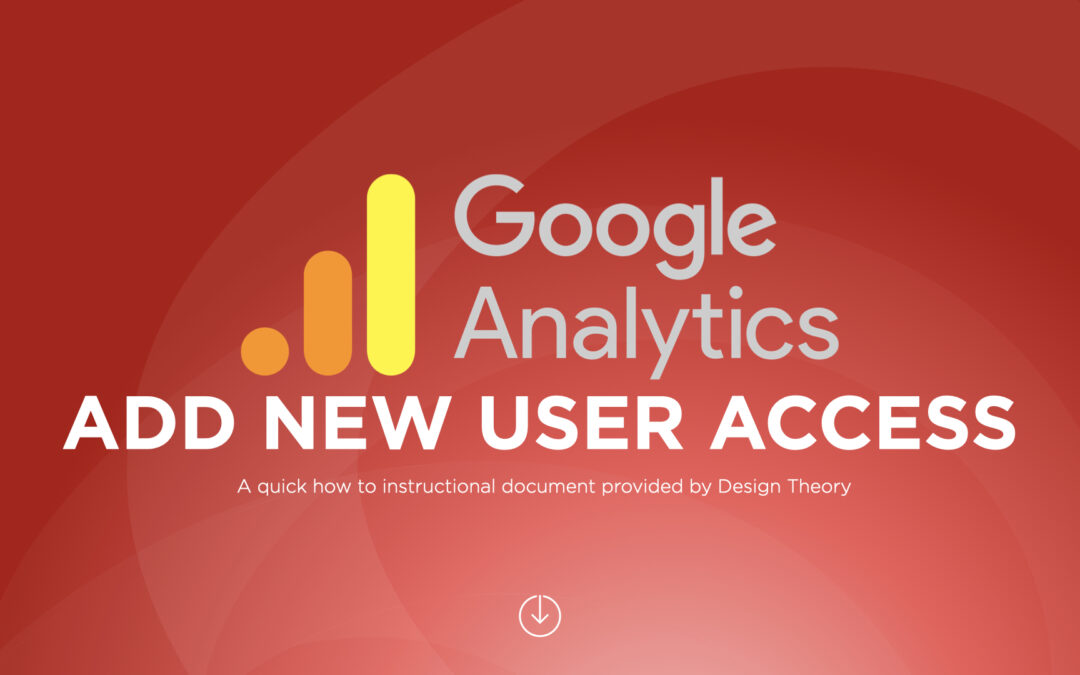
All Posts, How to, Marketing, SEO
Google Analytics is a powerful tool for tracking website traffic and user behavior. However, sometimes you need to share access to your Google Analytics account with other people, such as team members or clients. In this quick blog post, we’ll show you how to...
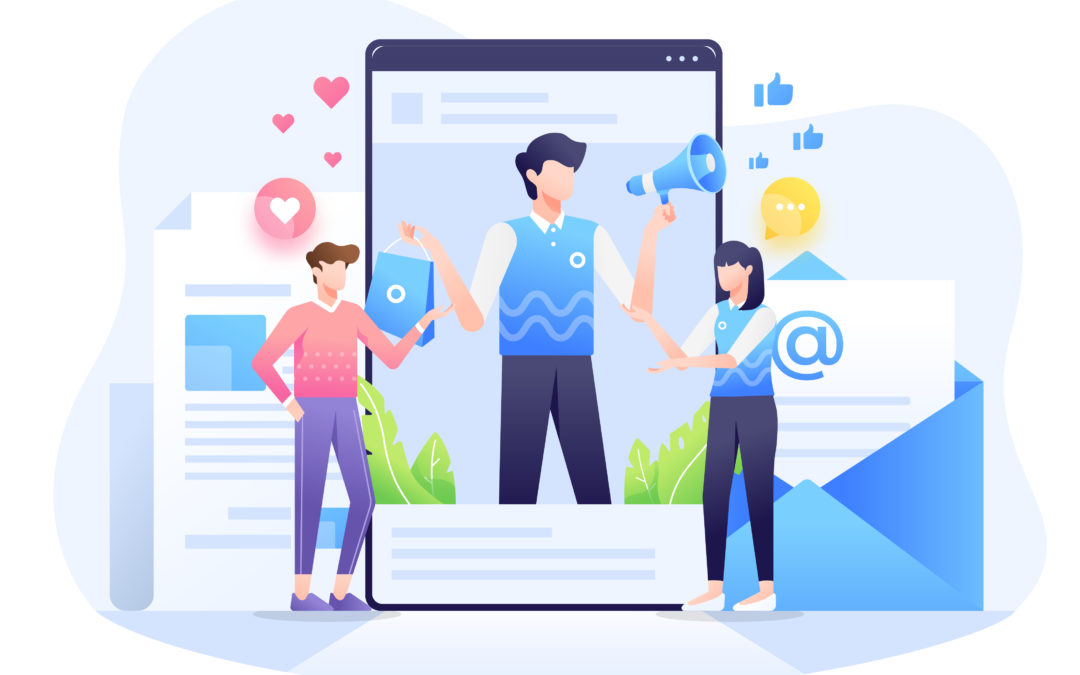
All Posts, Marketing
You may have read headlines or seen references to lead conversions and if you’re not sure what this means or even where to start, this article is for you.
What is a Conversion
A conversion is when a potential customer has engaged with your brand or business in some form, and then proceeded to take an action. That action may be signing up for a mailing list, purchasing an item, followed you on a social platform, or even subscribed. The end result is whatever outcome you’d like for your potential customers to do. So take a minute and consider any marketing efforts you’re currently doing, like maybe you have a special deal on your website? A recent social media post? An email newsletter with links to videos or a survey? The options are endless, but still there is a measurable metric that will ultimately be calculated for the amount of potential customers/leads that you’ll be looking to attract.
What is a Lead
Simply put, a lead is a person who has interest in your product or service that can make a decision about buying. There’s a difference between people looking to kick tires, but don’t have authority to actually make a purchase. The conversation or content to those information seekers should differentiate them from their counterparts or management who are able to make purchasing decisions. A lot of times we create content that’s like spaghetti on the wall with the hopes that something speaks to the right person amongst all the mess on the wall. Truth be told, no one likes a mess, let alone want to eat off a wall.
How to Calculate Your Conversion Rate
Every business is different with regards to their prices for their products and/or services. So while we’re going to talk about conversion rates, I would suggest that you sit with your team and decide what is an acceptable goal that is something your business isn’t complacent with but is within attainable number.
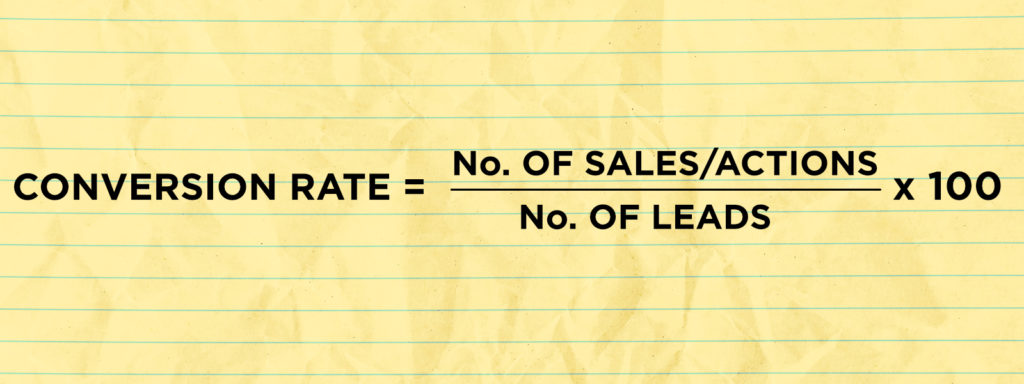
Ok so essentially to the formula for calculating your conversion ratio is: Conversion Ratio = Number of Confirmed Sales/Action, Divided by the Total Number of Leads Multiplied by 100. A common conversion rate is anywhere from 10-20%. When you step back and think about it, it’s a numbers game. The more leads you have the more potential sales you should have which ultimately boosts your bottom line.
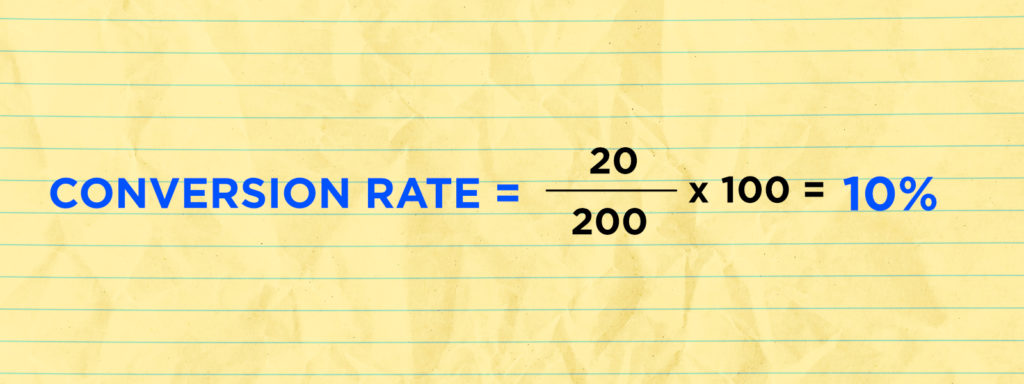
If in a week you are able to attract 200 leads and 20 of them convert, that gives you a 10% Conversion Rate. The other piece to this with your business is to see how consistent you are with your metrics. Are you consistently getting 200 leads? What are the marketing methods your using to attract those leads? If you were to double those efforts or marketing budget, would that also double the amount of leads? Could there be other marketing efforts through other channels and platforms that you can also track and measure to perform the same?
One last thing to point out here is that by doing this exercise, you can also calculate your cost per customer. This is called Customer Acquisition Cost (CAC). Since you know how many customers or leads you’re getting from the above equation, you’ll need to know how much it costs for your marketing efforts. This includes but isn’t limited to cost for flyers, business cards, ad-spend on social media platforms, Google Ad campaigns, article boosting and promoting, and more. Count all of your marketing costs up and divide that by the number of confirmed customers/sales. For example, if my monthly marketing costs is $1,000, and our business is averaging 100 customers a month, well my CAC is $10 or every new customer costs me $10. Now if each new customer purchases a product or service at least say $200, then my average sales for those same 100 customers will gross us $20,000. And again, if it only costs me $10 for each new customer, wouldn’t you say that’s a worthwhile budget and spending plan?
If you or your business needs help with formulating your conversion rate or you’d like ways to boost your metrics, feel free to contact us because we’d love to help.
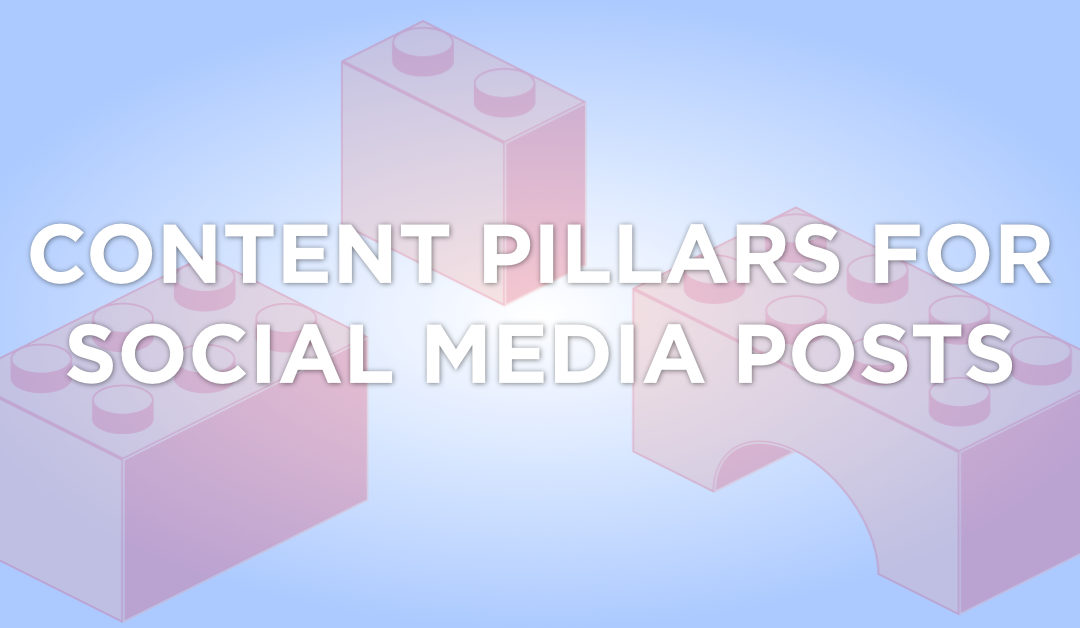
Marketing, Social Media
Sometimes it can be really tough to think about what you’re going to post or publish next for your business or brand. Is it photo, a graphic, a short video, a long video, or none of those? Let’s simplify it down to just three things to consider: Entertain, Enlighten, Educate
Can Your Post Entertain Your Audience?
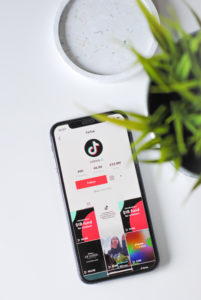 Most social media platforms have timelines filled with posts that are funny, amusing, and whimsical. If what your organization has to offer can see trends in those spaces and ride the wave, you certainly should. One big advantage is making your products, services, or brand relatable. We can’t ignore the fact that Tik Tok is one of, if not the biggest social network. A lot of of posts on there are short skits, dance challenges, and more. By studying some of those posts that seem to garner the most interactions, think of ways you can create posts in the same likeness yet with a twist using one of products. Imagine a skit where a child is digging through a cereal box looking for the toy that should be inside, and instead gets a package that is your product? Better yet, knowing that your product isn’t a toy, recording the child’s disappointed reaction but then an older family member swooping in and grabbing it with laughter from the child as it is something they would really appreciate. My point is, the effect examples are already there. The scripts are already written. You just have to slightly modify your approach so that your contribution to the space is unique yet familiar.
Most social media platforms have timelines filled with posts that are funny, amusing, and whimsical. If what your organization has to offer can see trends in those spaces and ride the wave, you certainly should. One big advantage is making your products, services, or brand relatable. We can’t ignore the fact that Tik Tok is one of, if not the biggest social network. A lot of of posts on there are short skits, dance challenges, and more. By studying some of those posts that seem to garner the most interactions, think of ways you can create posts in the same likeness yet with a twist using one of products. Imagine a skit where a child is digging through a cereal box looking for the toy that should be inside, and instead gets a package that is your product? Better yet, knowing that your product isn’t a toy, recording the child’s disappointed reaction but then an older family member swooping in and grabbing it with laughter from the child as it is something they would really appreciate. My point is, the effect examples are already there. The scripts are already written. You just have to slightly modify your approach so that your contribution to the space is unique yet familiar.
Can Your Post Enlighten Your Audience?
 When you think about providing insight to something that is not widely known, you can instantly become captivating. Whether it’s a statistic of the amount of wild boars that are active in an local community where people have been trying to figure out why their rose gardens and flower beds and trashed night to night, or the tangible benefits to the morning rush-hour by more companies adopting work-from-home policies; it’s a piece of information that some of your audience would be happy to know and probably take and brag about to their friends and colleagues. Another example, did you know that certain crystals offer therapeutic properties by holding some or by just having them on your desk or night stand? Welp, neither did I, but a friend of mine Cheryl (check out her Instagram Page here) enlightened us with her daily posts with different crystals and how they can be beneficial and how to use them that we bough a few. Cheryl had a couple of posts that seemed to be speaking to us and resonated to where we felt we needed to check this out, and therefore we were enlightened.
When you think about providing insight to something that is not widely known, you can instantly become captivating. Whether it’s a statistic of the amount of wild boars that are active in an local community where people have been trying to figure out why their rose gardens and flower beds and trashed night to night, or the tangible benefits to the morning rush-hour by more companies adopting work-from-home policies; it’s a piece of information that some of your audience would be happy to know and probably take and brag about to their friends and colleagues. Another example, did you know that certain crystals offer therapeutic properties by holding some or by just having them on your desk or night stand? Welp, neither did I, but a friend of mine Cheryl (check out her Instagram Page here) enlightened us with her daily posts with different crystals and how they can be beneficial and how to use them that we bough a few. Cheryl had a couple of posts that seemed to be speaking to us and resonated to where we felt we needed to check this out, and therefore we were enlightened.
Can Your Post Educate Your Audience?
 How many times have you seen posts that say, “on this day, I learned….” or “how come no one ever told me…” We love learning something new. Especially when it’s in a space that we may not have expected. For example, when we think of a traditional college course, in your mind you’re already thinking about a boring lecture and pages and pages of notes and studying. Yes you’ll learn plenty, but no where near as fun as scrolling through your social feed and stopping on a peculiar short video of someone removing a stain from their car seat using household items that you probably also own. With slight disbelief you continue watching eagerly hoping that they actually clear that stain, and when they do you quickly share the post and head to your kitchen cabinet and dash to your car to try what you’ve just learned. Because I wasn’t necessarily expecting to learn something new, when I do, and it’s something that I actually needed it’s a double bonus. So how can your product or service create a similar moment for an audience that may be unsuspecting that you’re post was about to change their life?
How many times have you seen posts that say, “on this day, I learned….” or “how come no one ever told me…” We love learning something new. Especially when it’s in a space that we may not have expected. For example, when we think of a traditional college course, in your mind you’re already thinking about a boring lecture and pages and pages of notes and studying. Yes you’ll learn plenty, but no where near as fun as scrolling through your social feed and stopping on a peculiar short video of someone removing a stain from their car seat using household items that you probably also own. With slight disbelief you continue watching eagerly hoping that they actually clear that stain, and when they do you quickly share the post and head to your kitchen cabinet and dash to your car to try what you’ve just learned. Because I wasn’t necessarily expecting to learn something new, when I do, and it’s something that I actually needed it’s a double bonus. So how can your product or service create a similar moment for an audience that may be unsuspecting that you’re post was about to change their life?
So how will you use these three pillars with your business or organization and your social media properties? Would love to hear about it, so drop us a line when you do.
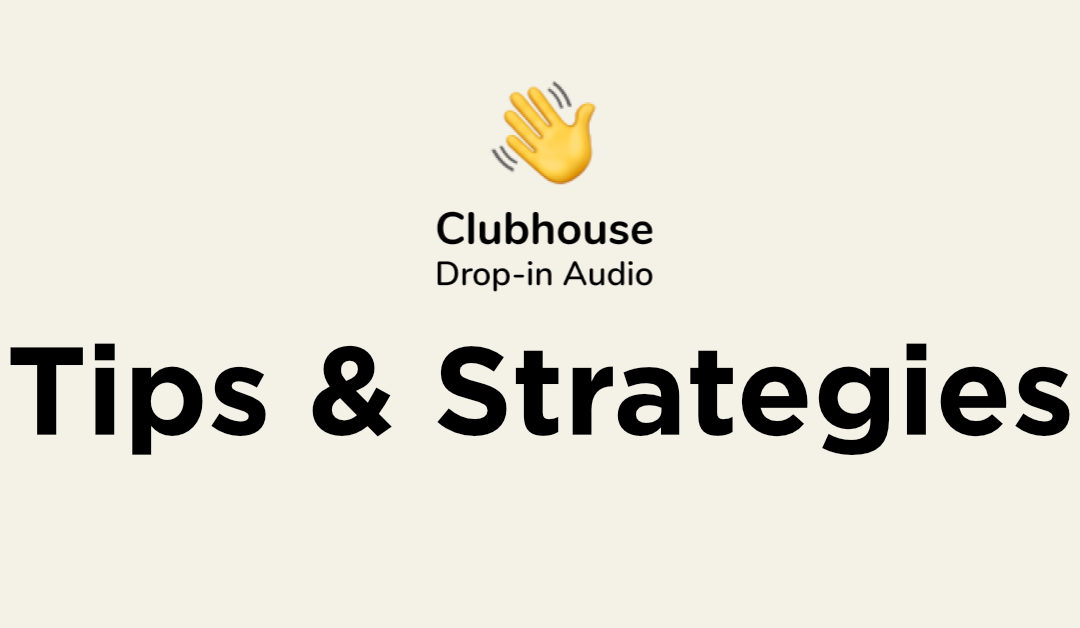
Business Strategy, Marketing, Social Media
I’m not sure about you, but I’ve been impatiently waiting for a new social media offering that isn’t Facebook. While I know that millions of people are active on all of the arms and legs of this giant, I’ve had fatigue for a couple of years...








 Most social media platforms have timelines filled with posts that are funny, amusing, and whimsical. If what your organization has to offer can see trends in those spaces and ride the wave, you certainly should. One big advantage is making your products, services, or brand relatable. We can’t ignore the fact that Tik Tok is one of, if not the biggest social network. A lot of of posts on there are short skits, dance challenges, and more. By studying some of those posts that seem to garner the most interactions, think of ways you can create posts in the same likeness yet with a twist using one of products. Imagine a skit where a child is digging through a cereal box looking for the toy that should be inside, and instead gets a package that is your product? Better yet, knowing that your product isn’t a toy, recording the child’s disappointed reaction but then an older family member swooping in and grabbing it with laughter from the child as it is something they would really appreciate. My point is, the effect examples are already there. The scripts are already written. You just have to slightly modify your approach so that your contribution to the space is unique yet familiar.
Most social media platforms have timelines filled with posts that are funny, amusing, and whimsical. If what your organization has to offer can see trends in those spaces and ride the wave, you certainly should. One big advantage is making your products, services, or brand relatable. We can’t ignore the fact that Tik Tok is one of, if not the biggest social network. A lot of of posts on there are short skits, dance challenges, and more. By studying some of those posts that seem to garner the most interactions, think of ways you can create posts in the same likeness yet with a twist using one of products. Imagine a skit where a child is digging through a cereal box looking for the toy that should be inside, and instead gets a package that is your product? Better yet, knowing that your product isn’t a toy, recording the child’s disappointed reaction but then an older family member swooping in and grabbing it with laughter from the child as it is something they would really appreciate. My point is, the effect examples are already there. The scripts are already written. You just have to slightly modify your approach so that your contribution to the space is unique yet familiar. When you think about providing insight to something that is not widely known, you can instantly become captivating. Whether it’s a statistic of the amount of wild boars that are active in an local community where people have been trying to figure out why their rose gardens and flower beds and trashed night to night, or the tangible benefits to the morning rush-hour by more companies adopting work-from-home policies; it’s a piece of information that some of your audience would be happy to know and probably take and brag about to their friends and colleagues. Another example, did you know that certain crystals offer therapeutic properties by holding some or by just having them on your desk or night stand? Welp, neither did I, but a friend of mine Cheryl (check out her
When you think about providing insight to something that is not widely known, you can instantly become captivating. Whether it’s a statistic of the amount of wild boars that are active in an local community where people have been trying to figure out why their rose gardens and flower beds and trashed night to night, or the tangible benefits to the morning rush-hour by more companies adopting work-from-home policies; it’s a piece of information that some of your audience would be happy to know and probably take and brag about to their friends and colleagues. Another example, did you know that certain crystals offer therapeutic properties by holding some or by just having them on your desk or night stand? Welp, neither did I, but a friend of mine Cheryl (check out her  How many times have you seen posts that say, “on this day, I learned….” or “how come no one ever told me…” We love learning something new. Especially when it’s in a space that we may not have expected. For example, when we think of a traditional college course, in your mind you’re already thinking about a boring lecture and pages and pages of notes and studying. Yes you’ll learn plenty, but no where near as fun as scrolling through your social feed and stopping on a peculiar short video of someone removing a stain from their car seat using household items that you probably also own. With slight disbelief you continue watching eagerly hoping that they actually clear that stain, and when they do you quickly share the post and head to your kitchen cabinet and dash to your car to try what you’ve just learned. Because I wasn’t necessarily expecting to learn something new, when I do, and it’s something that I actually needed it’s a double bonus. So how can your product or service create a similar moment for an audience that may be unsuspecting that you’re post was about to change their life?
How many times have you seen posts that say, “on this day, I learned….” or “how come no one ever told me…” We love learning something new. Especially when it’s in a space that we may not have expected. For example, when we think of a traditional college course, in your mind you’re already thinking about a boring lecture and pages and pages of notes and studying. Yes you’ll learn plenty, but no where near as fun as scrolling through your social feed and stopping on a peculiar short video of someone removing a stain from their car seat using household items that you probably also own. With slight disbelief you continue watching eagerly hoping that they actually clear that stain, and when they do you quickly share the post and head to your kitchen cabinet and dash to your car to try what you’ve just learned. Because I wasn’t necessarily expecting to learn something new, when I do, and it’s something that I actually needed it’s a double bonus. So how can your product or service create a similar moment for an audience that may be unsuspecting that you’re post was about to change their life?







